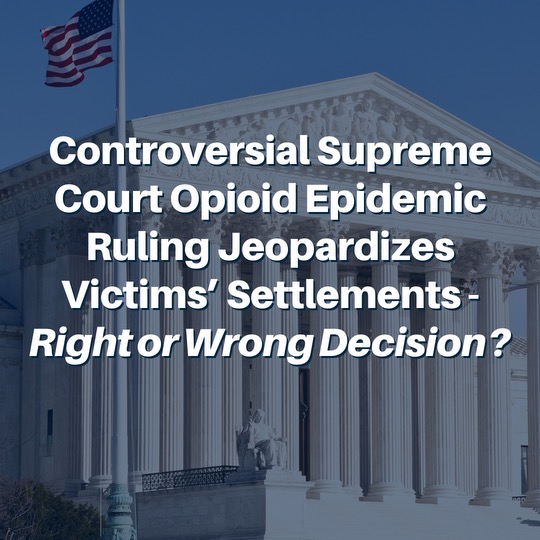In a dramatic turn of events, the involuntary manslaughter charges against Alec Baldwin arising out of the accidental movie set shooting were dismissed with prejudice because of prosecutors’ failure to disclose relevant evidence.
This development illustrates an important concept in American litigation, both Civil and Criminal, namely that each side has disclosure obligations to ensure that the proceedings are fair and that failing to comply with those obligations can lead to harsh sanctions.

Why Were the Criminal Charges Against Alec Baldwin Dismissed?
In the Alec Baldwin criminal case, it was alleged that he was reckless in his handling of a gun on a movie set which shot and killed a director. One of Alec’s defenses was that the shooting was a horrible accident and if anyone it was at fault, it was the armorer who was in charge of the weapons and ammunition. Baldwin alleged that the armorer was negligent in allowing a live round to get into the gun that he was using during the fatal rehearsal. Baldwin’s attorneys alleged that he was doing his job as an actor and that the armorer failed to do her job which caused the actual shooting.
What led to the dismissal of the case was the fact that a witness with ties to the armorer had come to the police with additional rounds of live ammunition which he indicated may have been on the movie set. The prosecutors did not feel that this evidence was relevant and did not disclose it to the defense, but the defense lawyers argued that this witness and evidence fit in with their theory that the armorer was responsible for allowing live rounds to be on the movie set and that the prosecution’s failure to disclose this witness and evidence prejudiced them in their defense of Baldwin.
Ultimately, the judge sided with the defense and delivered the harshest sanction available, a dismissal of all charges with prejudice. This means that Baldwin cannot be recharged criminally, although he and others still face Civil claims for Wrongful Death.
What Disclosure Obligations Exist in Criminal and Civil Cases and Why?
In both Criminal and Civil cases in America, each party has a disclosure obligation to identify all relevant evidence witnesses and produce all relevant evidence. In a Criminal case, the prosecution has a Constitutional obligation to share all of the relevant evidence with the defense to allow the defendant to investigate the charges and defend against them.
Similarly, in Civil cases (lawsuits for money), each side can conduct extensive Discovery before the case goes to Trial which allows them to learn about the evidence and theories of their opponent.
The multiple tools available to attorneys in Civil litigation include the ability to send written questions to the other side that have to be answered under oath (Interrogatories) and the ability to request the production of relevant documents. A party can also request to visit the scene of the accident and can subpoena relevant documents from third parties. In addition, each side can take Depositions, which are oral interviews under oath in front of a court reporter which allow the parties to learn information from any relevant witnesses. In a personal injury case, the defense can also have the injured party examined by a defense doctor.
All of these Discovery tools allow each side to learn about the relevant facts and legal theories being asserted. The disclosure obligations ensure that there will be no surprises if the case goes to trial. In addition, full disclosure often facilitates settlement of disputes because once the parties know all of the relevant facts and evidence, they are better able to judge the chances of winning or losing if the case is tried.
What are the Consequences of Disclosure Violations?
There can be harsh consequences for violations of the Disclosure rules. In Criminal cases like Baldwin’s, a prosecutor’s disclosure violation can lead to a Mistrial, requiring a new trial, or can even lead to a dismissal of the charges with prejudice.
In a Civil case, Discovery violations can lead to Sanctions. A party can be fined and assessed attorney fees. If the violation is serious, it can also lead to evidence being excluded or the loss of the case altogether.
These sanctions are warranted because it’s critical for both Criminal and Civil litigation proceedings to be fair to all concerned.

Tim Rayne is a Personal Injury Lawyer with the Chester County based law firm MacElree Harvey, Ltd. Tim has been helping injured accident victims understand their legal rights and receive fair treatment from insurance companies for nearly 30 years. Tim has offices in Kennett Square and West Chester Pennsylvania. Tim can be reached at 610-840-0124 or trayne@macelree.com or you can check out he website at www.TimRayneLaw.com.









